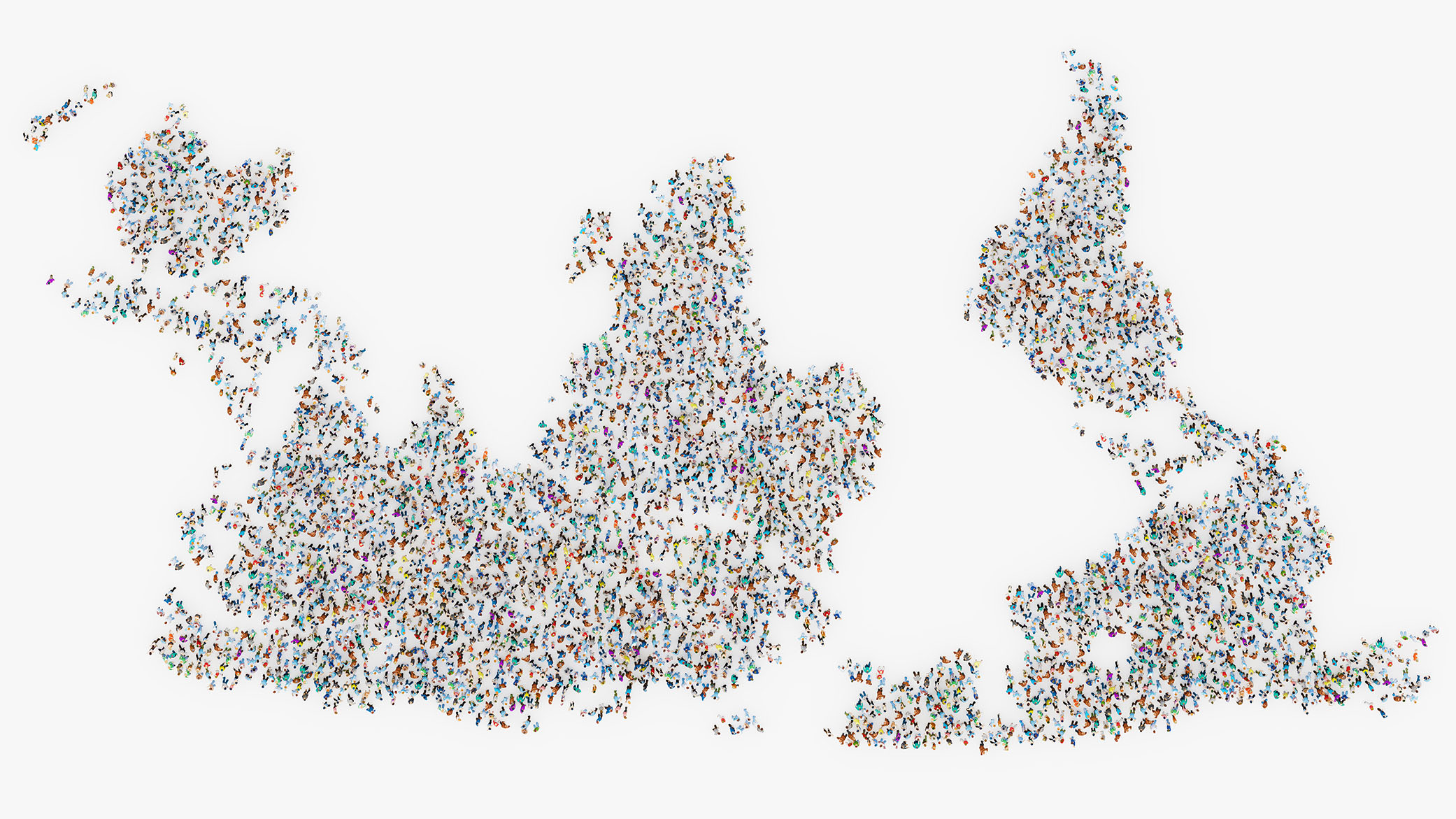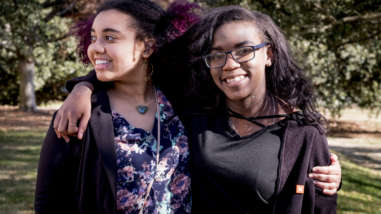Global development’s past, present, and future

All of us who are entrusted to use the foundation’s resources to improve conditions in low- and middle-income countries are trying to push or pull the field of development—or parts of it—in a future-oriented direction. Over the past eight years in the Global Development and Population Program, we’ve focused our work on two areas that, we believe, are central to social and economic progress: improving the status of women and advancing gender equality, and increasing the quality of governance. We can only play a small role in either of these huge agendas. To contribute to improving the status of women, we have continued to support access to a full range of reproductive health services that permit women to decide whether and when to bear children, but we have shifted away from a Northern-led agenda and toward strengthening women’s rights organizations and other advocates in low-income countries to pursue their own priorities. We have also worked toward the elimination of gender bias in what counts as “work” and “production,” and in policies related to taxation, employment, and social protection, particularly for female workers in the most precarious circumstances.
In the area of better governance, we’ve recognized that many governments in low- and middle-income countries lack both the incentives and the capacity to serve the needs of their citizens. So we’ve simultaneously focused on learning how citizens can use their collective voice to influence governments’ will to act, and on the use of evidence—particularly locally-relevant evidence—within the policy community so those actions make the best use of scarce resources. Increasingly, we’ve placed priority on contextually-relevant research undertaken by professionals working in their own countries, and supported organizations that are led and staffed by people working in their own communities. While we’ve continued to support many international NGOs and have admired much of what they have achieved, we’ve encouraged them to work in ways that don’t reproduce troubling power imbalances. We’ve also supported groups that are turning the traditional development paradigm upside down: Southern Voice is a network of think tank researchers from low- and middle-income countries who are coming together to offer empirically-based commentary on the Sustainable Development Goals. Global Press is training local journalists as a direct challenge to the very notion of the “foreign correspondent.” The African Center for the Study of the United States at the University of Witwatersrand in South Africa is doing some much needed intellectual jujitsu.
These are important ways in which the Hewlett Foundation’s work has evolved, and even these modest efforts have taken time and brainpower. But I’ve got to admit that it’s not enough to meet the current challenges, and I’m guessing my colleagues would agree. Along with pretty much everyone else who works to solve big problems, we are facing questions that are more fundamental than, “Gee, how do we tackle this hard problem in the developing world?” or “Should we give more grants to in-country NGOs?” As a human race and a planet, we cannot afford to ignore our global interconnectedness or pretend that social and economic development follows a straight line. In our language, concepts, and actions we have to reimagine “global development” so that we can tackle the profound, and even existential, problems of today and tomorrow.
My daughter’s generation
What are the problems of today and tomorrow and what institutional changes are needed from philanthropic and other actors? There are many ways to think about this, but let me try out some ideas I’ve been playing with and hope to explore in more depth in the coming year.
First, there are the problems that affect us all and can be solved only through cross-border negotiation and cooperation. The climate crisis is the first to come to mind, but this category also includes migration, human trafficking, data privacy and access, illicit financial flows, and other global public goods (and bads).
Solving these problems, many of which are both urgent and politically divisive, depends on functional multilateral organizations, along with networks in the public, nonprofit, corporate, and academic sectors that are committed to transnational cooperation. As a global community, we already have in place key multilateral organizations, particularly under the umbrella of the United Nations, but they lack the resources and the legitimacy of governance to carry out their ambitious agendas. We also have important networks, such as the ones that have been developed for investigating illicit financial flows, but far more effort is needed to make sure that they are inclusive of participants from all parts of the world, and that those from low- and middle-income countries engage on an equal footing with those from high-income countries. In this work, we have to recognize the contribution of locally-generated knowledge and the power of organizing by members of communities that are most affected.
Second, there are the problems that many (or even all) countries experience within their own borders and that limit the realization of human capability. Here are issues like trust in the public sector, inequity in educational opportunities and outcomes, the gender wage and economic opportunity gap, political polarization, and oppression of racial and ethnic minorities. These may not be transnational problems in the sense of the climate crisis, but they are common problems, appearing in one form or another in all societies and certainly made more acute by the global flows of capital and ideological influences.
It is the global flow of ideas that we need. There are vast unrealized opportunities for learning about innovations in one place that could inform and inspire progress in another. We need to create learning communities around particular challenges that include people who are most affected by failing systems, researchers working in their own contexts using a range of methods, policy advocates, and practitioners. Think, for instance, about the benefits of connecting people focused on the challenge of quality child care in different parts of the world. From São Paulo to Seoul to San Francisco, low-income (and many other) workers have only bad choices when it comes to finding care for their children. (If you haven’t faced a version of this problem in your own family, consider yourself very lucky.) Yet models in Montevideo, Liverpool, and Nairobi offer lessons about how a combination of public and private action can serve young children, their parents, and pay caregivers well. We need to reconceptualize global knowledge to make the most of diverse experiences and connect knowledge to people who can use it.
Third are the problems created by weak institutions, particularly those in states affected by conflict, that spread at least to neighbors and potentially further. Today, we need look no further than Ebola in the Democratic Republic of the Congo for an example, or to the horrors unfolding in Venezuela. Multilateral organizations again need to be strengthened in their legitimacy, enforcement power, technical capacity, and financial wherewithal to be able to respond. We need new financing instruments to be able to act quickly and at a scale commensurate with the risk. We need full engagement from political powers in the affected regions, so that “solutions” are not dropped in from outside in ways that are perceived as suspect. And we need to foster the positive use of social networks to detect problems early, and to spread factual information that will be believed by people whose governments are not prepared to serve them.


